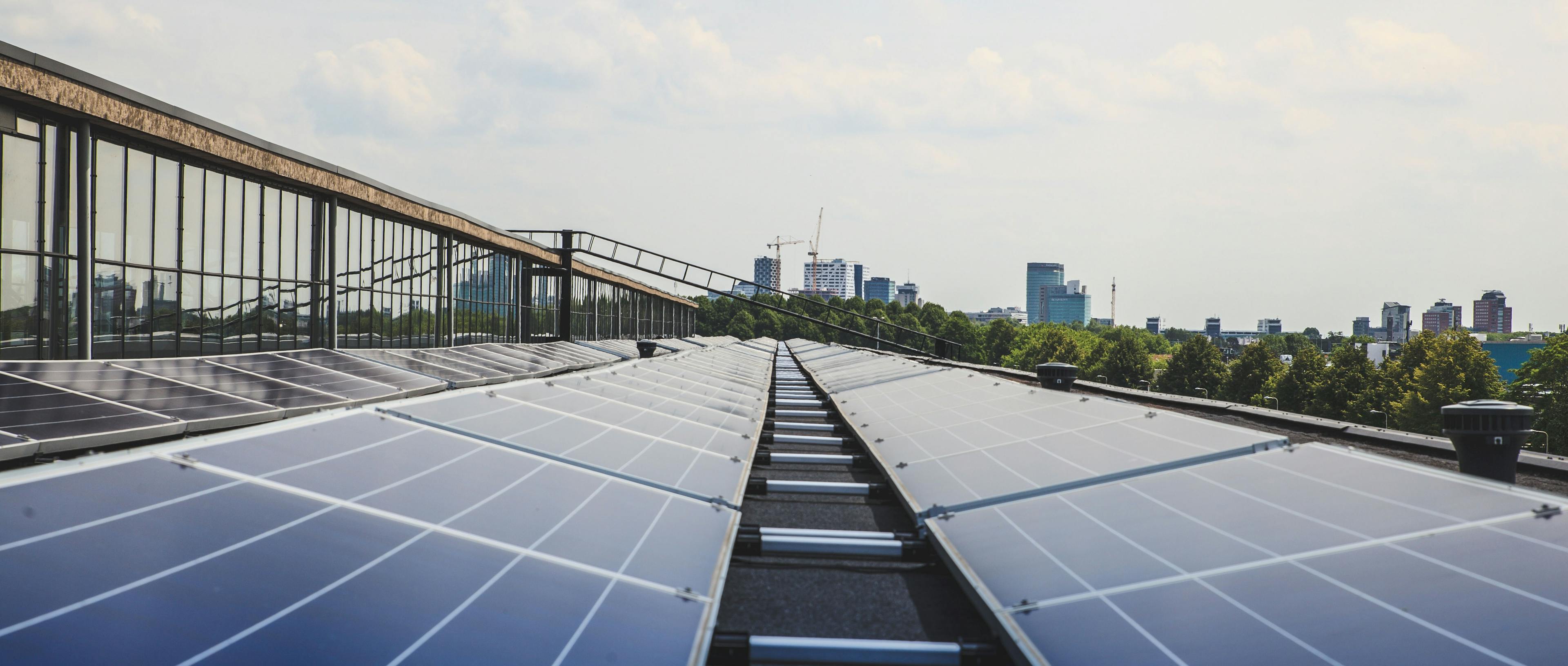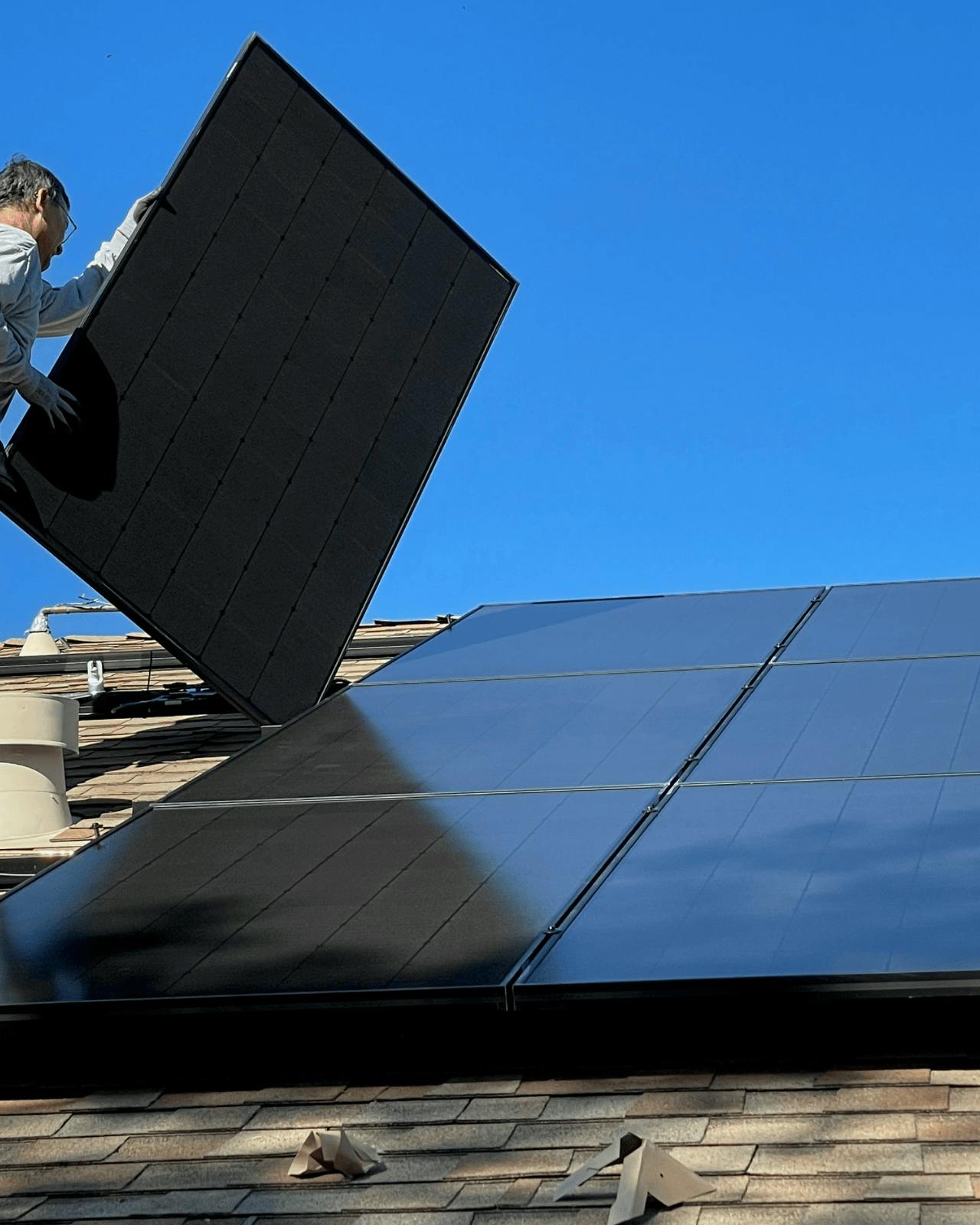Grant project shines light on urban solar opportunities

The solar industry in Alberta has been adapting to many changes in recent years, including new requirements around where renewable energy developments can be located, the introduction of recycling fees for solar equipment and new reclamation security requirements for renewable energy developers. Despite these changes in the regulatory landscape, electricity production from solar photovoltaics (PV) remains a key solution to decarbonizing our energy, thanks to Alberta’s high solar potential and the decline in the cost of solar equipment.
As renewable energy is a key part of Alberta Ecotrust’s Climate Resilience & Emissions Reductions focus area, our grants have supported a number of projects to accelerate the uptake of solar PV technology, from community solar generation to solar PV installation training.
Supported by our Climate Innovation Grant and completed in 2024, SunAlta Power delivered the Urban Solar Photovoltaic Distribution-Connected Generation (DCG) Project — an exploration of the viability of solar PV installations in urban settings, directly connected to the distribution grid.
Solar developments in urban environments are less restricted by new regulatory hurdles and offer a critical opportunity to expand solar PV in a way that leverages established infrastructure and minimizes land use conflicts.
SunAlta partnered with a major public school jurisdiction in Calgary to assess two urban sites for their suitability for distribution-connected rooftop, ground-mounted or carport solar PV installations. Their goal was to evaluate whether commercial and institutional rooftops and small vacant urban land could host financially viable solar PV systems using a third-party, build-own-operate model, connected directly to the grid. Many urban solar PV projects to date have been developed through Alberta’s Microgeneration Regulation, where generation is connected to the load side (building) meter to offset the electrical load for that specific consumer. With a distribution connection approach, electricity is exported to the grid where it is immediately utilized, which can help improve utility system efficiencies.
Their project uncovered the barriers holding back wider adoption of distribution-connected solar and offered practical recommendations for the policies, tools and incentives needed to overcome these barriers. Read the full project case study to learn more and explore their Solar Feasibility Model tool, developed to provide an initial financial review of solar projects.
As the solar industry continues to advance and evolve, our team at Alberta Ecotrust initiated a deep dive into the current barriers and opportunities in the solar sector, and the role our organization could play in supporting progress. Watch for a future blog post where we will share what we heard from solar installers, grantees, and community organizations about the state of solar, and how to unlock more in Alberta.
The Climate Innovation Grant Program is supported in part by the City of Calgary and the Edmonton Community Foundation.
Related posts
Explore our most recent posts.



